The islands are officially back open to visitors from the mainland! If you want to book a trip to Hawaii but don’t want to spend 14 days quarantining in a hotel room, I am here to help! My hubby and I rescheduled our 2020 trip to Maui three times due to delays in their re-opening and pre-testing option. We did not want to spend all that money to fly to Hawaii, only to sit in a room for 14 days. Finally, we had success when we rescheduled our trip for the third time to travel to Maui in November.
For those of you planning your trip or thinking about it, I’ve included all of the links and information I found useful when planning my own post-COVID trip to Maui. Most of the information will apply to the rest of the Hawaiian islands as well.
The information I include here was up-to-date as of November 2020. I am sharing my experience to help others plan their trip to Hawaii. However, please check Hawaii’s COVID-19 Portal for the most up to date and current information for travel to Hawaii.
Also, this information only applies to travelers coming from the mainland U.S. I traveled to Maui from the West Coast, so my experience might differ slightly from someone coming from other parts of the U.S. However, the links I provide will give you the necessary information to plan your trip from anywhere in the lower 48 states.
Overview of Steps to Avoid the 14-day Quarantine
- Take your COVID-19 test 72 hours or less before the last leg of your departure. This means if you fly from Dallas to L.A. to Hawaii, you’ll take the test based on the departure time of your L.A. flight.
- Create a Safe Travels account.
- After receiving your negative test results, upload a PDF version to your Safe Travels account. Also, notify your condo or hotel as needed. *Please note the State of Hawaii now requires your negative results to be uploaded before landing in Hawaii. Failure to do so will result in a 14-day quarantine, even if you receive your negative results after landing.
- Print a copy of your negative test results, flight reservations, and condo/hotel reservations and bring these with you.
- 24 hours prior to your departure, complete the Safe Travels Health Questionnaire and get your QR code. Save the QR code as a screenshot and also print and bring with you. You are required to show this QR code at the airport upon arriving in Hawaii.
*If you have a connecting flight to a second island, you will need a QR code for that flight as well. We needed one for our flight to Honolulu and then our connecting flight to Kahului. The QR codes have no identifying features to tell you which QR code is for which airport, so keep that straight to show the correct code for scanning at the corresponding airport.
72 Hour Pre-test Requirements
The COVID-19 State of Hawai’i Portal is where you’ll want to go for all the update to date information on their COVID-19 testing requirements. At the time of my trip, the 72-hour pre-test requirements were as follows:
Take your COVID-19 test 72 hours or less before your flight departure time. If you have a multi-city flight itinerary, the departure time is from the last city you leave before arriving at a Hawaii airport. So if you travel from Dallas to L.A. to Honolulu, you use your L.A. flight’s departure time to determine your 72-hour window.
You must take a Nucleic Acid Amplification Test (NAAT) from a certified Clinical Laboratory Improvement Amendment (CLIA) lab to bypass the State of Hawai‘i’s 14-day mandatory quarantine. These are also referred to as RT-PCR tests. Visit the State of Hawai’i’s travel partner page to see a list of approved testing facilities. The test must be administered by one of these approved testing facilities.
Once you receive your negative test results, you will upload them as a PDF to Hawai’i’s Safe Travels website. You will need to create a Safe Travels account first. To do this, you’ll need your trip itinerary (flight information, duration of the trip, and where you’ll be staying). You’ll also need your State I.D. as they will ask you to fill this in.
*Each island may create their own additional test requirements, so check for any additional island-specific requirements. You can check with the appropriate county office: County of Kaua‘i, County of Maui, County of Hawai‘i.
Questions to Ask When Choosing Your 72-Hour Pre-Test:
- How quickly will you get your results back?
- Are they having any issues running out of tests?
- Do they process results on the weekends? (Some locations told me it was business days online, others said they process 7 days a week.)
- How much does it cost?
- Can you use your health insurance to pay for it?
- Is the test a diagnostic test (no antigen tests allowed), specifically a NAAT test? (They may use the words RT-PCR, this is a type of NAAT test.)
What Happens if Your Test Does Not Come Back in Time
If your test results do not come back in before your flight departs, you will have two choices.
One: Cancel your trip plans and try to get your tickets and travel plans rescheduled for later.
Two: Fly to Hawaii and hope your test comes in by the time you arrive. If it does, then you’ll upload your results to the Safe Travels site on your phone when you arrive in Hawaii, and you should be good to go. If it does not, you are then required to quarantine at an approved location until your test results come in. *UPDATE: You are now required to have your test results uploaded to Safe Travels before arriving in Hawaii. They will automatically quarantine you for 14 days if you do not, even if your negative test results come in when you land.
You cannot get a rental car, and you cannot go to your condo (you’ll need to check the list to see if your hotel is on the approved quarantine list) if you have not uploaded your negative test results before arrival. If your test results are positive, then you’ll be forced to quarantine for 14 days at an approved quarantine location, and you will not be able to rent a car, get groceries, or go anywhere until the quarantine is completed. They do follow up, and multiple tourists were arrested for breaking quarantine.
*This situation is always changing. Please monitor the changes via Hawaii’s website and following news updates from Hawaii and your specific island destination.
Setting Up Your Safe Travels Account
As I mentioned in the steps above, you will need to create a Safe Travels account. The Hawaiian State Government requires you to enter your travel itinerary details here. This is also where you will upload the PDF results of your COVID-19 test.
To set up your account, you’ll need to provide your trip itinerary (flight information, duration of the trip, and where you’ll be staying) and your State I.D. as they will ask you to fill this in. Make sure you use whatever I.D. you are bringing with you. For example, if you’re only bringing your Driver’s License and not your Passport, don’t enter your Passport info on the Safe Travels site as they will want to see the same I.D. when you arrive in person.
24-Hour Health Questionnaire
Then 24 hours before your departure, you will log-in to your Safe Travels account and complete the 24-hour Health Questionnaire. Upon completing this questionnaire, you are given a QR code.
QR Code
You must show this QR code when arriving in Hawaii. Take a screenshot of this QR code and save it on your phone. (Note: If you have a connecting flight that is also in Hawaii, you will need two QR codes. They don’t have any description to tell you which QR code is for which flight, so make sure to keep that clear when saving on your phone and when printing.) For example, we flew from Seattle to Honolulu, then Honolulu to Kahului. We needed two QR codes. To get this, you must enter each flight into your Safe Travels account separately.
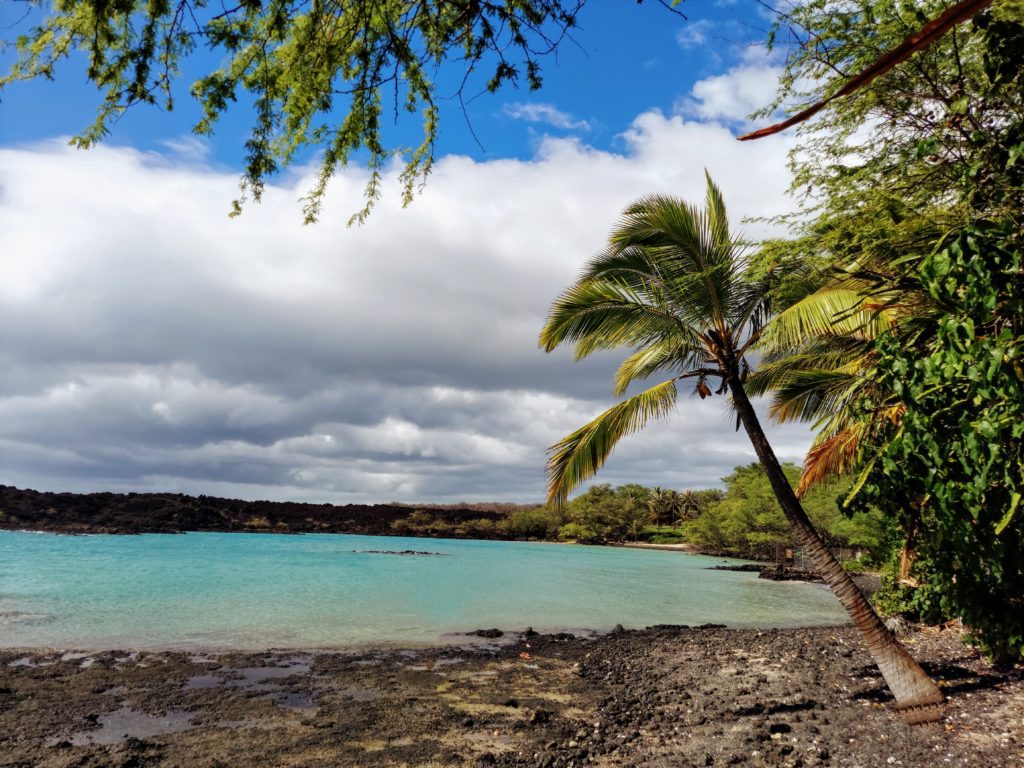
My Experience Getting Our Covid-19 Test:
This was probably the most stressful part of planning our trip to Hawaii. Our was condo booked, our flights booked, and rental car, but it all hinges on whether we get our test results back within the 72-hour pretest window. If we do not get our test results back before landing in Maui, we will be directed to a quarantine facility until our test results come in. That means we won’t be able to pick up our rental car or check in to our condo until the negative test results are processed. If our test results came back positive, then we’d be forced to quarantine for 14 days.*
*UPDATE: The State of Hawaii now requires the negative test results before arrival. Otherwise, you are forced to quarantine for 14 days–no exceptions. Visit the State of Hawaii website for the most up to date information.
I researched all the options listed and determined which options were available to me in Washington State. Due to the high number of visitors that travel from Seattle to Hawaii, I honestly thought there’d be more airport options available, but those seem to be popping up in California first. We’re the ones with the rain here, people! We need the sun more than those Californians! Okay, all kidding aside, I am sure more choices will become available in the future as airlines do their best to provide travelers with additional options.
Check with your airline to see if they partner with any testing sites for travel to Hawaii, as these give your test results priority and give you the best chance of receiving your results back in time for your flight.
Some of the options I found for travelers flying out of SeaTac Airport:
- Bartell Drugs (Alaska Airlines partner)
- Carbon Health (Alaska Airlines partner)
- Walgreens (free to qualified participants)
- Quest Diagnostics (you need to find out where they have locations)
- Vault Health (Hawaiian Airlines customers receive priority processing for this at-home testing option.)
We flew with Hawaiian Airlines who plans to expand drive-up testing options, but only San Francisco had a drive-up option available at the time of this article. Hawaiian Airlines also partnered with Vault Health, an at-home approved test, for Hawaii’s 72-hour pretest requirements.
I initially researched using Quest Diagnostics and Walgreens. I contacted Quest but never heard back from them, and their site did not show where their drive-up locations were located in Washington State. So without knowing how close that option would be, and since they never replied to me, I moved on to the other two options available to me.
Walgreens was next on the list, and I discovered I had two options: a 72-hour RT-PCR test or a rapid test option that allowed you to receive results the next day (only some locations offer this). Walgreens was also the only facility that allowed you to submit to insurance and didn’t require you to pay out of pocket (this may vary based on your location).
I loved the idea of not needing to pay anything for my test, as, let’s face it, it all adds up. However, my main concern was that they only allowed appointments to be scheduled out 3 days in advance. So I would need to wait to schedule until Monday before our flight. This also meant that if there were no appointments available (I read reports from other travelers who couldn’t get appointments due to demand) that we would be out of luck and left scrambling to find a backup plan. I was also told by a Walgreens employee that they were running out of the tests at some locations.
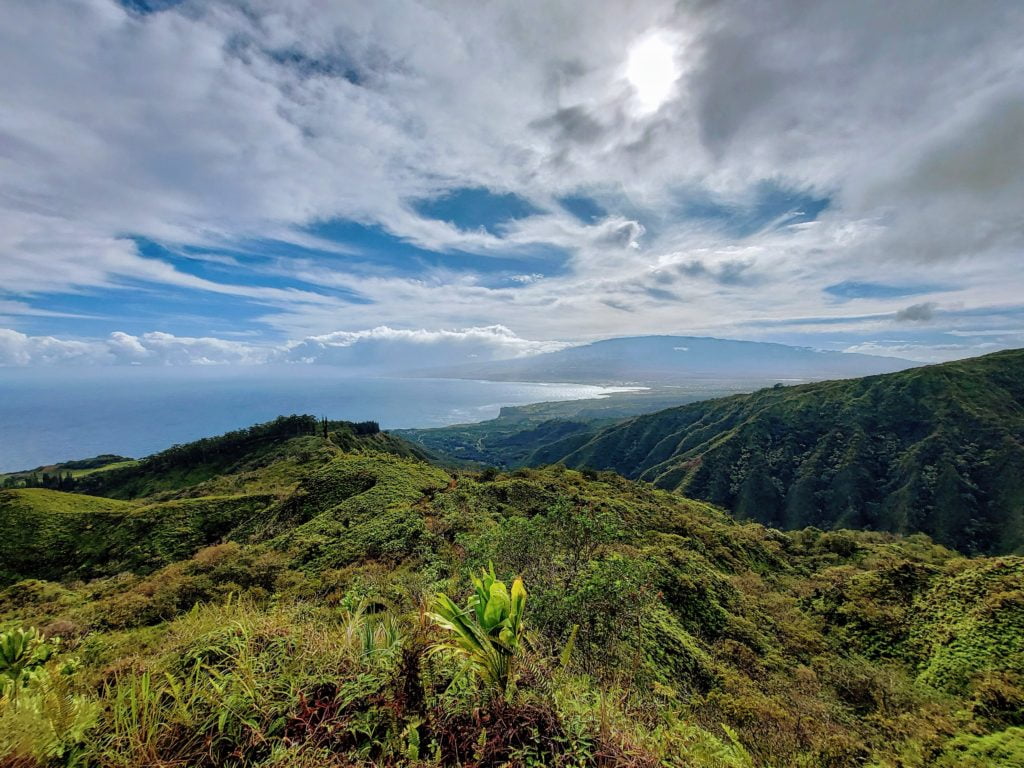
Testing Thru Vault Health
After lengthy discussions with my hubby, I decided to turn to Hawaiian Airlines’ partner Vault Health. Hawaiian Airlines partnered with Vault Health to provide at-home testing kits. This was the most expensive option at $150 per test. However, Hawaiian Airlines passengers are given priority processing to ensure the 72-hour window is met.
How it Works:
You take your test online via a zoom video call where a technician will step by step tell you what to do and observe you administering the test. Don’t eat, drink, smoke, or chew gum for 30 minutes before your video call. When you’re ready, you’ll log in to your Vault Health account and download the Zoom app for your video call. This can be done on your computer, tablet, or phone.
The technician in the zoom video call will instruct you how to open the test’s packaging (don’t do this before your call, it’s crucial you do not open the specimen tube packaging before your zoom call). It should take less than 10 minutes to do the test with the practitioner over the zoom video call.
Afterward, you’ll place your sample tube in the plastic bio bag, and then you’ll place that inside the white box that your kit came in, seal that up and then place that inside the shipping pouch with the pre-paid Next Day Air shipping label.
Drop it off at the nearest UPS store. The lab receives your sample the following day, and you should get your results a day after this. They have a chart to show you examples for when to order your kit, when to take the test, and when you should get results back based on when your flight leaves.
Our Experience Using the Vault Health At Home Testing Kit:
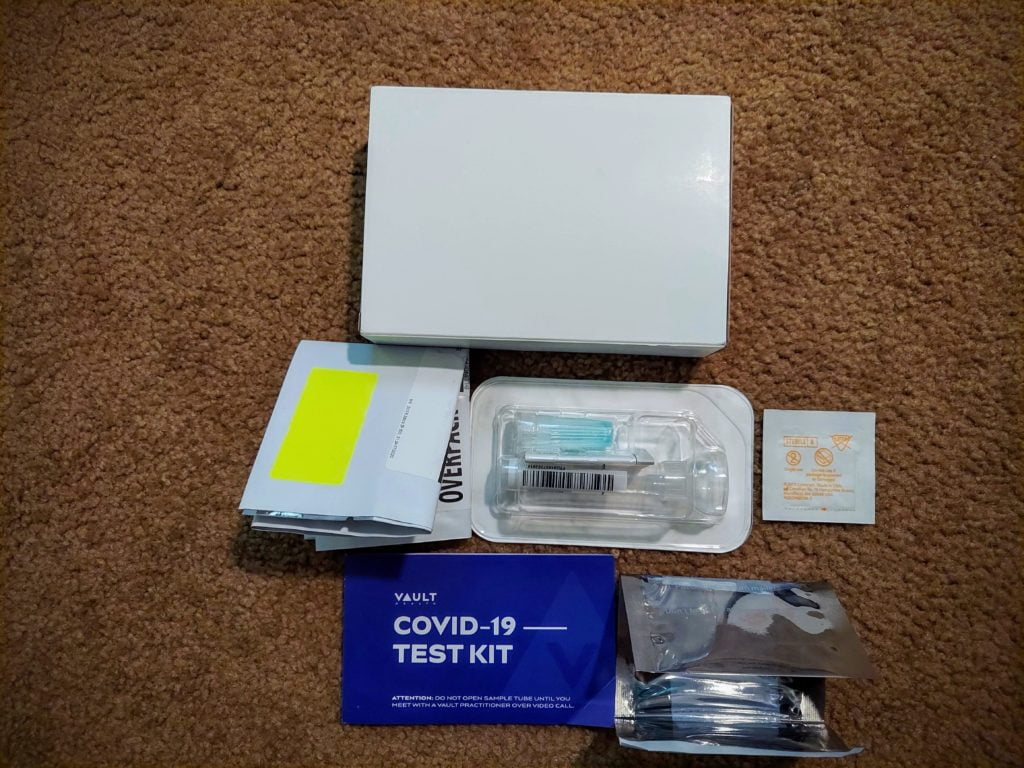
We filled out the online order form for our tests. Each adult must create their own individual order (make sure to use the link on Hawaiian Air’s website for each order). Vault Health also requires an uploaded copy of our photo ID, so the technician who proctors our test can verify we are who we say we are. Within an hour of completing our orders, we received an email notification that provided us with a UPS tracking number for our test kits. Our testing kits were shipped via UPS Next Day Air.
By using Vault Health for our tests, I was able to order our tests almost two weeks before our flight. I ordered ours on a Sunday night, and we received them Tuesday at 10:30 a.m. Look at Vault Health’s recommended schedule for when to order your tests and when to take them.
The testing kit arrived in a nondescript white box that is also the box you ship your test sample back in. It is an ingenious design with low waste. I was impressed with that. Inside the box are instructions, the DNA specimen collection tube, alcohol wipe, a bio envelope to put that in, and a shipping bag pre-labeled with a UPS Next Day Air label for their New Jersey based lab.
My husband and I took turns with our Zoom calls. I showed the technician my I.D., and he had me unpack my kit and then walked me through how to provide a testing sample. Honestly, the hardest part was spitting in the collection tube, once you get that done, it’s just an easy stop at a UPS shipping store, and you’re set!
Make sure you get your sample dropped off before the last UPS Air pickup at your local UPS store. Call and ask when that is or look on their website.
The Waiting Period
The test was the easy part; now, the hard part began. Waiting for our test results. I was so anxious, I felt like the fate of my travel plans were in someone else’s hands. I prayed and I talked to my hubby about it. He got stressed by me being stressed. So I prayed some more and talked to a friend about it.
I dropped our tests off on a Thursday; our flight was scheduled to leave Sunday morning. A hurricane was hitting the East Coast, where our samples were headed. Friday morning, I got up and entered the tracking numbers; I was so happy to see our test samples had already made it to New Jersey. Around 10:00 a.m. PST, we received a notification from Vault Health that the lab received our test samples. More waiting.
Then it happened, on Friday night, at 5:44 p.m., we got the email with our test results. We were COVID-19 negative, and we were going to Maui!
Summary Timeline of our Vault Health Testing Experience:
- I ordered the test kit on a Sunday, received it via UPS Overnight Air on Tuesday morning.
- We took our test with a lab tech via Zoom Thursday morning before our scheduled Sunday departure, and I dropped our test results off at UPS that morning.
- The tests were sent via Overnight Air to New Jersey (I’m on the West Coast) and arrived their Friday morning. We received our negative test results Friday night. I had all day Saturday to pack in peace.
Next Steps After Getting Negative Test Results
After receiving our negative results, I logged into our Vault Health accounts to download the PDF version of our test results. This is required to submit to the Hawaii Safe Travels website. I uploaded the PDF results, and then I also text the team at Chase’N Rainbows to let them know our results were negative. They asked me to send them a copy of the negative results, and the following day I received instructions for checking into our condo.
I also printed copies of the PDF results along with copies of our flights and condo reservations. The state of Hawaii recommends you do this for faster processing and just in case your mobile device doesn’t work.
Lastly, 24 hours before our scheduled flight departure, I logged into my Safe Travels account and completed the Health Questionnaire. Upon completion, you’re sent a QR code, which you’ll want to save as a screenshot on your phone and print out and bring with you. This is required for each airport in Hawaii. We had a connecting flight in Honolulu, so that meant I needed to generate a QR code for our flight from Seattle to Honolulu and then also a QR code for our flight from Honolulu to Kahului. I created two separate trips on their Safe Travels site to do this.
Our Experience at the Airport in Hawaii
Before boarding the plane, our forehead temperature is scanned. Other than this, and of course, everyone wearing face masks, the flight experience was pretty much the same. They gave us one meal, and everyone takes their masks off to eat and then put them back on. There were no additional snack or meal services during the flight. Also, expect that you may be seated next to a stranger, as flights are filling back up again, and they are no longer leaving the middle seats empty.
QR Code Checkpoint at Airport:
We had a connecting flight in Honolulu before continuing to Kahului, Maui. Upon arriving at the Honolulu airport, we were placed in two lines, one for those staying in Honolulu and another for those connecting to other flights.
We stood in line for probably 30 minutes before we stopped at the checkpoint, where they asked for our QR code and proof of negative test results. They also checked our I.D. After that, we were free to head to our gate and get something to eat.
The options available for eating and shopping is one of the things that has changed. Many of the options are closed, and the open ones don’t always offer seating areas or have limited hours. We got food at Burger King in the Honolulu airport as it was one of two options, not counting Starbucks. We then took our food to our seats, where we removed our masks to eat before replacing them again.
Upon arriving in Maui, we once again waited in line to show our QR code, I.D., and negative COVID-19 test results. Thankfully, the Maui line was much shorter than the line at the airport in O’ahu.
We asked if we needed a paper to show we had been screened with negative test results; the airport agent we spoke with said no, we could show our test results if asked. However, the car rental counter agent said the airport checkpoint had been providing a piece of paper and that we should take a screenshot of our Safe Travels page that showed the negative results received. She said we could show this if needed.
Mask Requirements in Maui
No one in Maui asked us to show proof that we are exempt from the 14-day quarantine. However, I overheard someone saying if you take a boat tour, you must show this. Our Maui experience is the same as previous trips, except for the mask mandate and that many businesses are still closed. You don’t need to wear one at the beach when socially distancing or in the water. However, when in public areas or places of business, a mask is required. We are still enjoying the water, still enjoying the sunshine, and still loving our time in the beautiful Hawaiian islands!
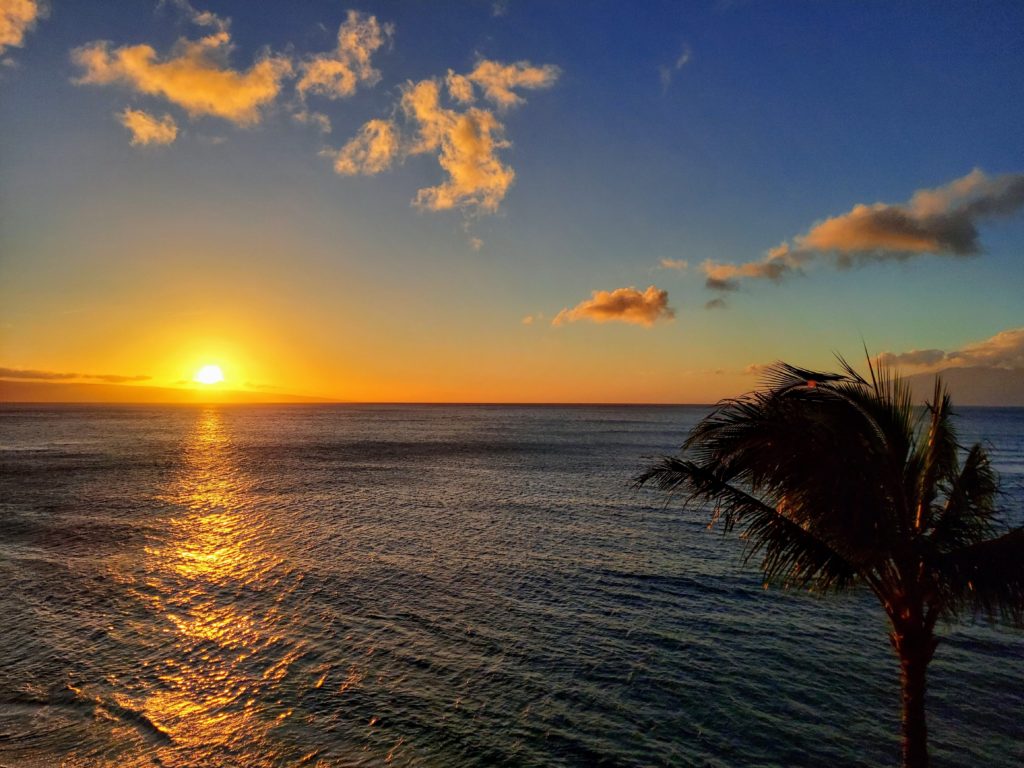
Tips for Researching and Planning Your Trip
Regularly review Hawaii’s COVID-19 Portal* as this is the official State of Hawaii page for traveling under the COVID-19 restrictions. I made sure to check it multiple times during the weeks leading up to my departure. I didn’t want to miss any important announcements.
Another method I used for staying up on any current changes was by searching “Hawaii travel” on Google, and then I click the “News” tab and sort by the past week. This way, I read about any recent press releases that might be pertinent to my trip.
I verified the cancellation policy with my condo rental. When my hubby and I visit Maui, we stay in a condo. We have had wonderful experiences booking our condos through Chase’N Rainbows: West Maui Condos. We appreciate the fantastic customer service and communication that we get with the Chase’N Rainbows team. They were quick to respond to our questions and keep us updated on any COVID-19 updates that would affect our stay with them. I also emailed them any questions and concerns I had and was so appreciative of their fast replies and willingness to work with us and the ever-changing travel situation. If you’re headed to Maui and want a condo on the west side, consider booking with Chase’N Rainbows.
No matter who you book through, make sure to ask them any questions you have, such as, “if our COVID-19 tests come back negative, can I still cancel and receive a full refund?” You will also want to keep them updated about any trip delays and as soon as you receive your negative test results, let them know as they need confirmation to finalize your trip plans.
*Always verify you have the most up to date information when planning. The COVID-19 situation, restrictions, and regulations are constantly changing. Always check for the most current information.
Important Websites for Planning:
Visiting Restaurants, Businesses & Tours
Call before visiting a restaurant unless you know for sure that it is open. Google is not entirely up to date with what businesses are currently opened, closed permanently, or temporarily closed. It is pretty good, but not 100%. To avoid any disappointment, it is best to verify first before heading out. This is the same when booking tours. Call and find out if they’re operating and what restrictions are in effect at that time.
Sadly, many businesses closed permanently due to the loss of business in 2020, and even more, are still temporarily closed. When possible, spend your money where it will help the local economy. They really need it right now. Many more places were opening in December in anticipation of increased tourism, so it may have changed greatly by the time you arrived.
Final Planning Thoughts On Post-COVID Travel to Maui
Try not to stress too much. We contacted our condos ahead of time to find out their cancellation policy if our test results didn’t come back in time or were positive and we had to cancel our trip. Most places have a very lenient cancellation policy due to the demands and restrictions of living in a post-COVID world. Once we knew we had options for canceling that didn’t cause us to lose our money, we felt a lot better about moving forward with our trip plans.
Some people are not ready to start traveling yet, and that is okay. However, many places, like Hawaii, rely almost solely on tourism for their economy. If you’re healthy and want to travel someplace, you couldn’t do much better for a travel destination than Hawaii.
Hawaii is a diverse state with a diverse set of islands. Be respectful of the local customs, try to support local businesses when you visit, and soak in the sun and relaxing atmosphere of this incredible destination. I know so many people need time to relax and time to recover from this year. Perhaps more so than any other year. So if you need a place to get away, Hawaii can offer you a respite from your cares and perhaps some mental healing too.
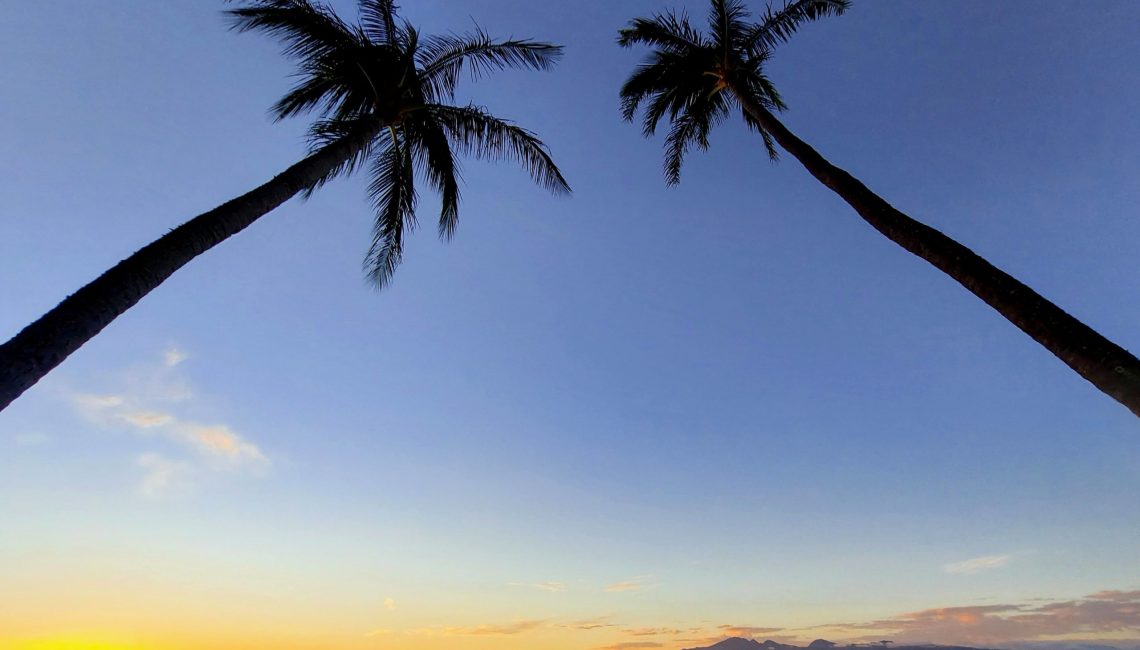
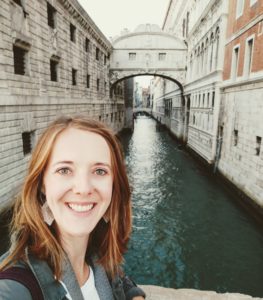
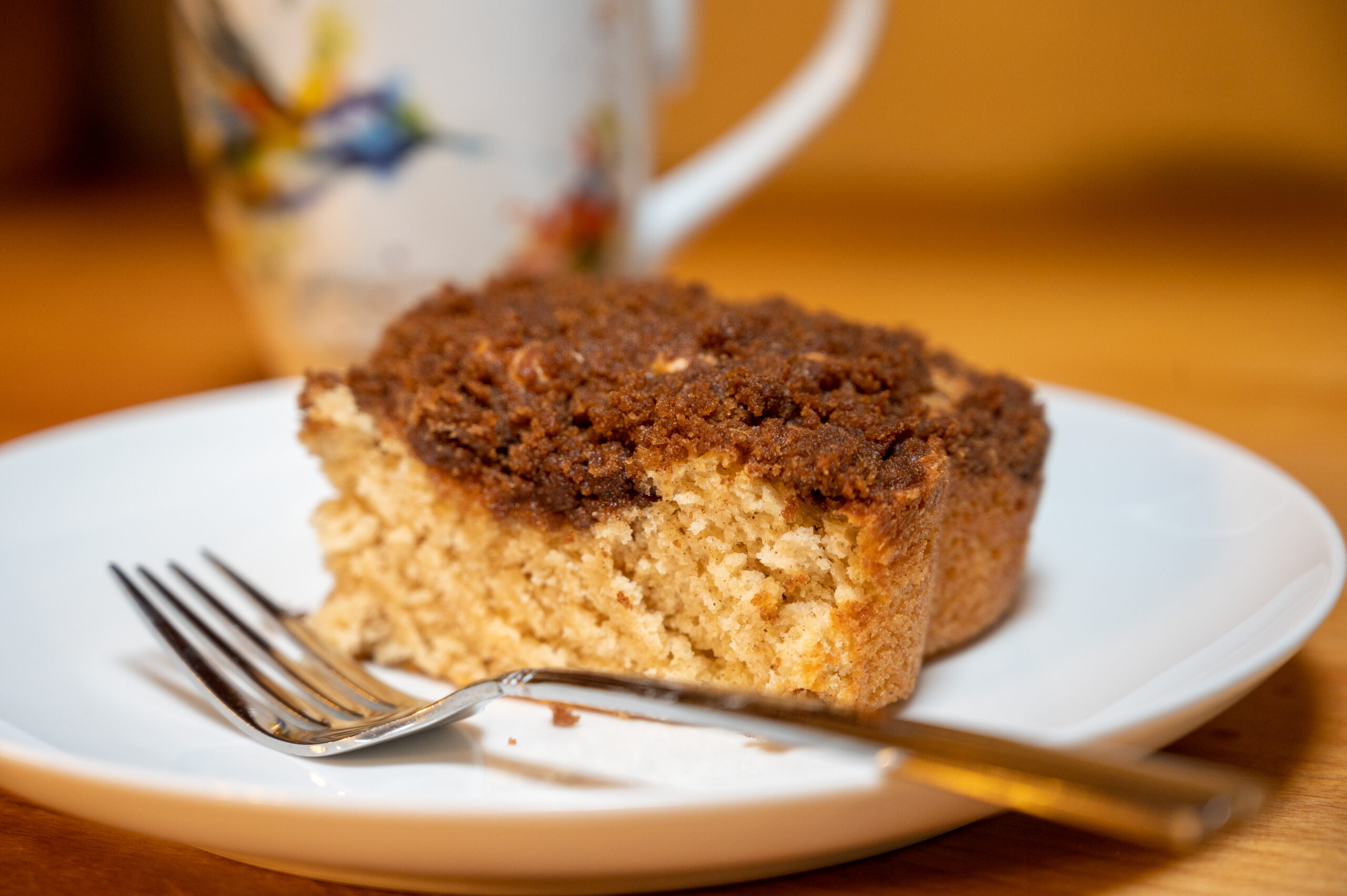
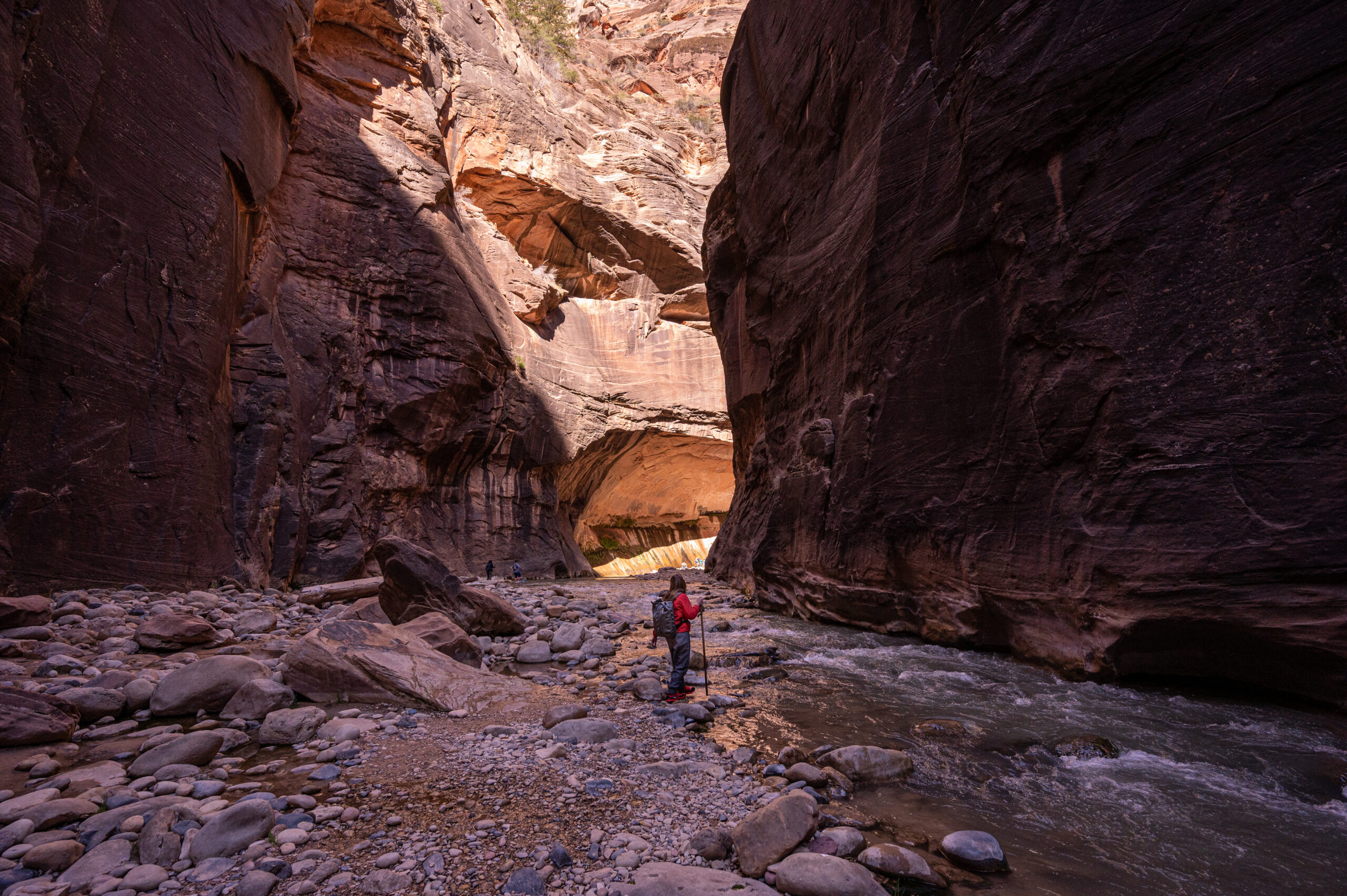
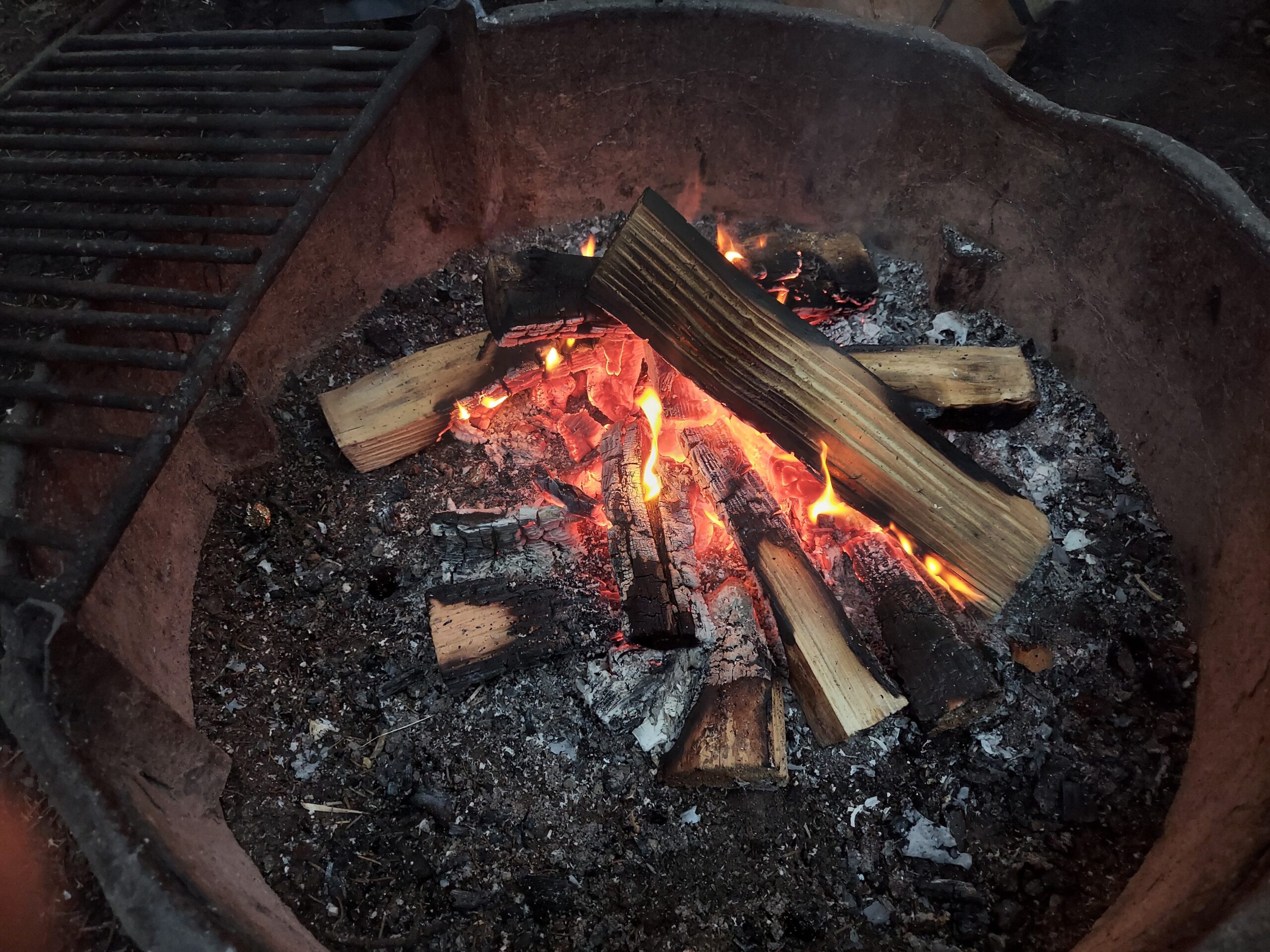
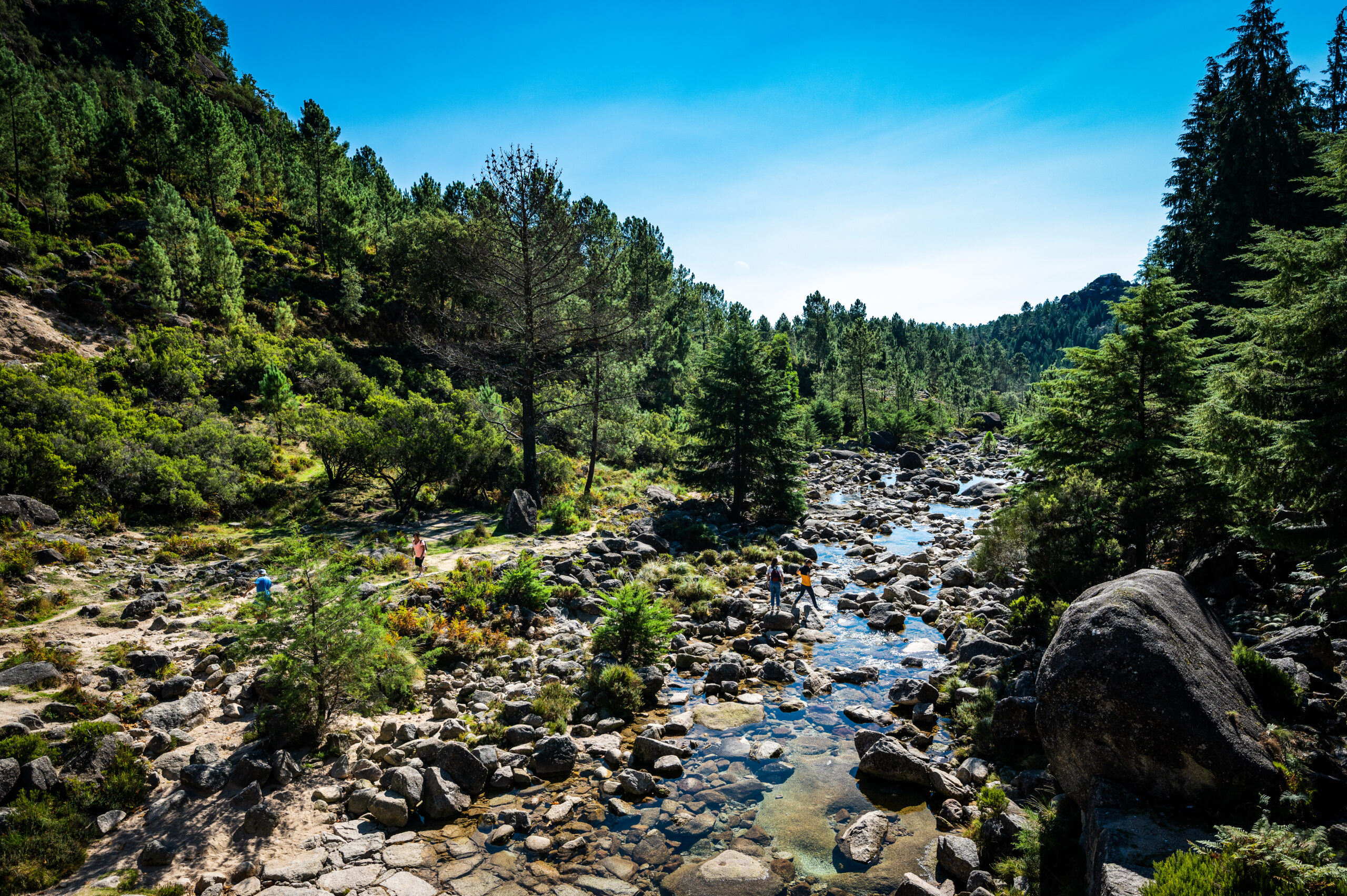

4 Comments
Did your test have to be within 72 hours of your departure to Honolulu or within 72 hours of your departure to Maui (from Honolulu)? I can’t find this information anywhere.
Hi Nik, that’s a great question! The test needs to be completed 72 hours prior to your final departure from the mainland U.S. So if I had flown from Seattle to L.A. to Hawaii my test would need to be completed 72 hours prior to departing from my L.A. flight. It goes off of your last departing flight from mainland U.S. rather than from your final destination in Hawaii. I hope that makes sense. So in my case, it was 72 hours prior to my departure from Seattle to Honolulu. Please let me know if you have any other questions.
Charity, what about coming home? Our flight connects from Kona to Maui to mainland.
We have emails and texts in but no response. Do we have to do tests annd QR all over again just for a quick layover in Maui home? Did you? Thank you!
Hi Krysti,
When we flew back in November the return flight was a non-issue. No questions asked about it at all. You will create the final leg of your journey in the Safe Travels app and then upon arrival to the Maui airport you may be asked to show them the app and your outbound ticket information. Let them know you are only there for a layover. Someone will then direct you where to go to wait for your connecting flight. No test should be needed. I hope you have a wonderful trip!